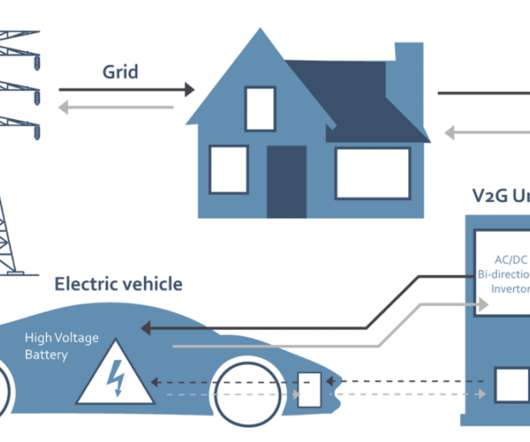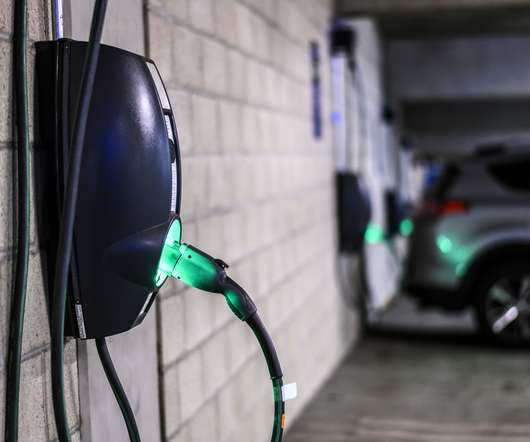How to Have a Greener Christmas?
Driivz
DECEMBER 8, 2021
As the TV commercials like to remind us, ‘this the season for giving a new car to that special person in your life’. And with the increase in sustainable power generation, EVs will someday run on 100% renewable energy. Sustainable gifts for the home: smart EV charging and smart meters. EV sales are projected to reach 5.6












Let's personalize your content